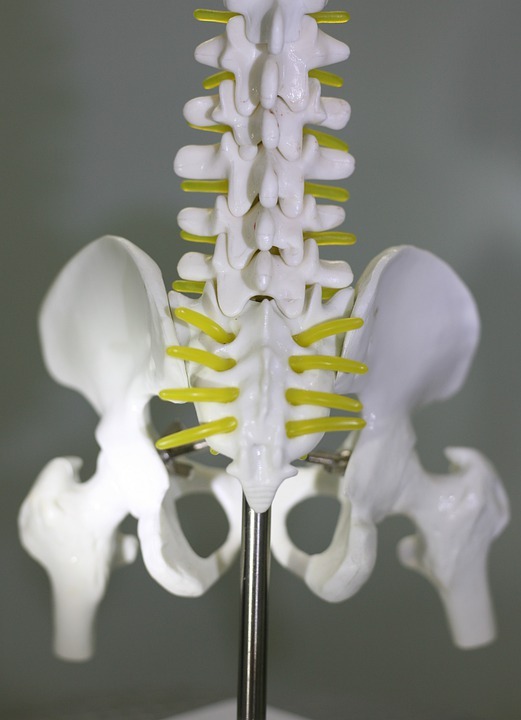Several studies show that 90% of patients recover from spinal surgery, but these studies are not clear on the nature of recovery. Medical physicians are yet to establish a precise procedure that guarantees success in spinal surgery. In essence, they are yet to state clearly whether the success rate represents the healing of surgical patients from their back symptoms or the technical healing of the fused parts.On the other hand, the spinal surgery success rate can vary wildly from one individual to another. So if it’s an ideal solution for you, it might not work best for your spouse or family member. You should also keep in mind other relatively effective non-surgical procedures or find a minimally invasive outpatient spine surgery in Nashville by Dr. Juris Shibayama.
How Risky is Spinal Surgery
Just like other relative surgical procedures, spinal surgeries attract a considerable amount of risk. These risks can get worse, considering the nature of the surgical procedure. The spinal surgery involves critical areas within and surrounding the spine. Any slight error by the physicians could result in serious complications such as a spinal infection or paralysis.
In addition, the nature and frequency of the spinal surgery determine the success rate. One study reveals that only 30% of patients who undergo a second back surgery get successful results. The study also shows that subsequent visits register a further drop in their surgical success as only 15% and 5% success rates are expected in the third and fourth consecutive spinal surgeries.
Luckily, the mortality rate is considerably low. one study found only a 0.13% mortality rate on more than 803 949 surgical patients. Yet a different study found a 7.6% complication rate of 3 475, despite the risky nature of the spinal surgery.
The Success Rate for the Spinal Surgery
As we have noted before, there is no exact criterion that measures the success rate during spinal surgery. Instead, a handful of factors play a vital role in determining whether or not the patient will recover from their back pain. These factors can be anything from the surgery method and the complexity of your condition to your physician’s experience level, to mention a few.
Here are common spinal surgery procedures with their success rates:
Spinal Fusions Surgeries
Two vertebrae are joined together into a solid, immovable bone using a bone graft in spinal fusion surgery. The aim is to reinforce the point-of-pain and effectively combat the pain the patient experiences during movements. Based on the aforementioned factors, spinal fusion can have a success rate from 70% to 90%.
Thoracic Spine Surgery
Thoracic spine surgery is often an effective way of combating mid-back pain, though recommended after non-operative procedures have failed. The thoracic spine forms a large portion of the middle back, incorporating twelve vertebrae. While it’s not often injured because of the protective rib cage, it serves critical functions like bending and twisting, which subjects it to extreme pressure. Due to this pressure, multiple conditions might emerge, such as spinal stenosis, scoliosis, kyphosis, and herniated discs.
A study conducted on patients with thoracic conditions using the posterolateral procedure registered a 12 to 30 percent complication rate. However, a few months after the spinal surgery, 76.9% of these patients reported successful healing.
Sciatica Surgery
Sciatica is a condition causing sudden pain through the sciatic nerve that runs through your lower back down to the thigh and leg. It often results from a compressed nerve, either by a herniated disc or a bone spur. The condition is usually self-diagnosable and can be treated by non-surgical means. However, spinal surgery is often recommended in persistent forms. Given that the condition mostly affects the legs, sciatica surgery has a success rate of 90%.
Spinal Surgery Success Rate on Patients with Failed Back Surgery Syndrome (FBS)
Patients suffering from the failed back surgery syndrome have a very low success rate in spinal surgery. They continue experiencing lumbar spinal pain even though they’ve undergone spinal surgery. FBSS patients often have more than one surgical intervention that continuously fails to treat their condition. A recent study by Skolasky at-al on more than 260 patients found 29.2% of them either showing no signs of improvement or experiencing an increase in pain after 12 months of surgery.
Therefore, the success rate in treating FBSS patients is highly dependent on the physician’s experience and comprehensive knowledge on its diagnosis, prevention, and treatment. Often, it’s the failure to identify the root cause of pain, such as a particularly painful joint or a pinched nerve, that makes conditions like FBSS persistent.

